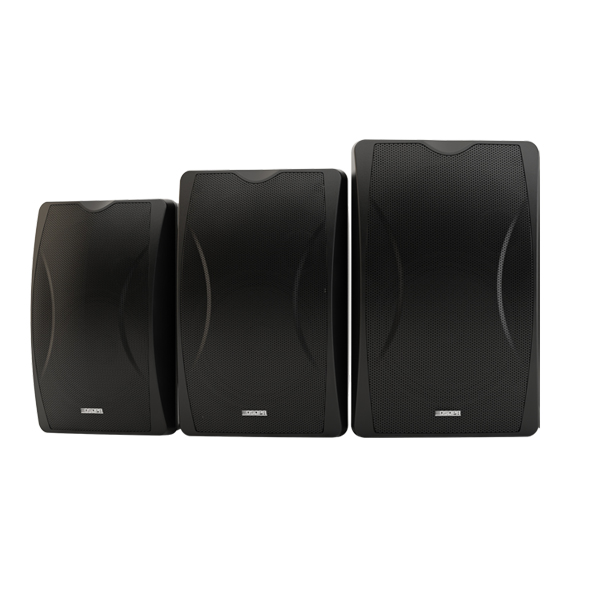

Chat now



The usual recording is mono. For example, a recording of a concert, from all aspects of the stage at the same time from different instruments, is received by a microphone (or is received by several microphones and mixed together), integrated into an audio current and recorded. A speaker also makes a sound when the sound is played. We can only hear the synthesized sounds of different instruments in different directions, but we can't tell which one is coming from which direction, and we can't feel the stereoscopic feeling (sense of space) like listening to music in a concert hall. If the spatial position of different sound sources can be reflected when recording, people can listen to the recording as if they were listening to the sound source directly from all aspects. This kind of sound system replays have stereo feeling sound, it is stereo sound.
When using, two mufflers not too far apart are connected to two amplifiers respectively, and then the changed current after amplifying the amplifier is connected to two loudspeakers such as wall mount stereo speakers corresponding to the position of the muffler in another room. So when an actor is walking on stage from left to right, singing as he goes, the audience in the other room feels as if the actor is walking left to right, singing as he goes. If two recorders are used to record the audio current sent from two microphones at the same time. When the sound is played, the two loudspeakers that are playing simultaneously are placed in the position corresponding to the microphone, and the sound you hear will have a good stereoscopic effect. This is called two-channel stereo recording.
 【DSPPA Demo】PAVA8000 EN54 Voice Evacuation SystemNovember 12, 2020Abstract: DSPPA PAVA8000 EN54 Voice Evacuation SystemToday, we are gonna show you a demo about our PAVA8000 EN54 Voice Evacuation System.PAVA8000EN54 Voice Evacuation System can not only support manua...view
【DSPPA Demo】PAVA8000 EN54 Voice Evacuation SystemNovember 12, 2020Abstract: DSPPA PAVA8000 EN54 Voice Evacuation SystemToday, we are gonna show you a demo about our PAVA8000 EN54 Voice Evacuation System.PAVA8000EN54 Voice Evacuation System can not only support manua...view The National Standard Approval Meeting held in BeijingJuly 19, 2019The National Standard Approval Meeting held in BeijingThe approval meeting of the National StandardTechnical standard of public address system engineeringis held in Beijing on July 16, 2019. Xue Chang...view
The National Standard Approval Meeting held in BeijingJuly 19, 2019The National Standard Approval Meeting held in BeijingThe approval meeting of the National StandardTechnical standard of public address system engineeringis held in Beijing on July 16, 2019. Xue Chang...view


